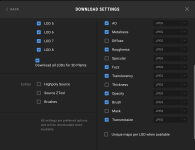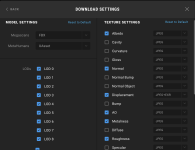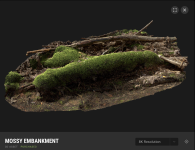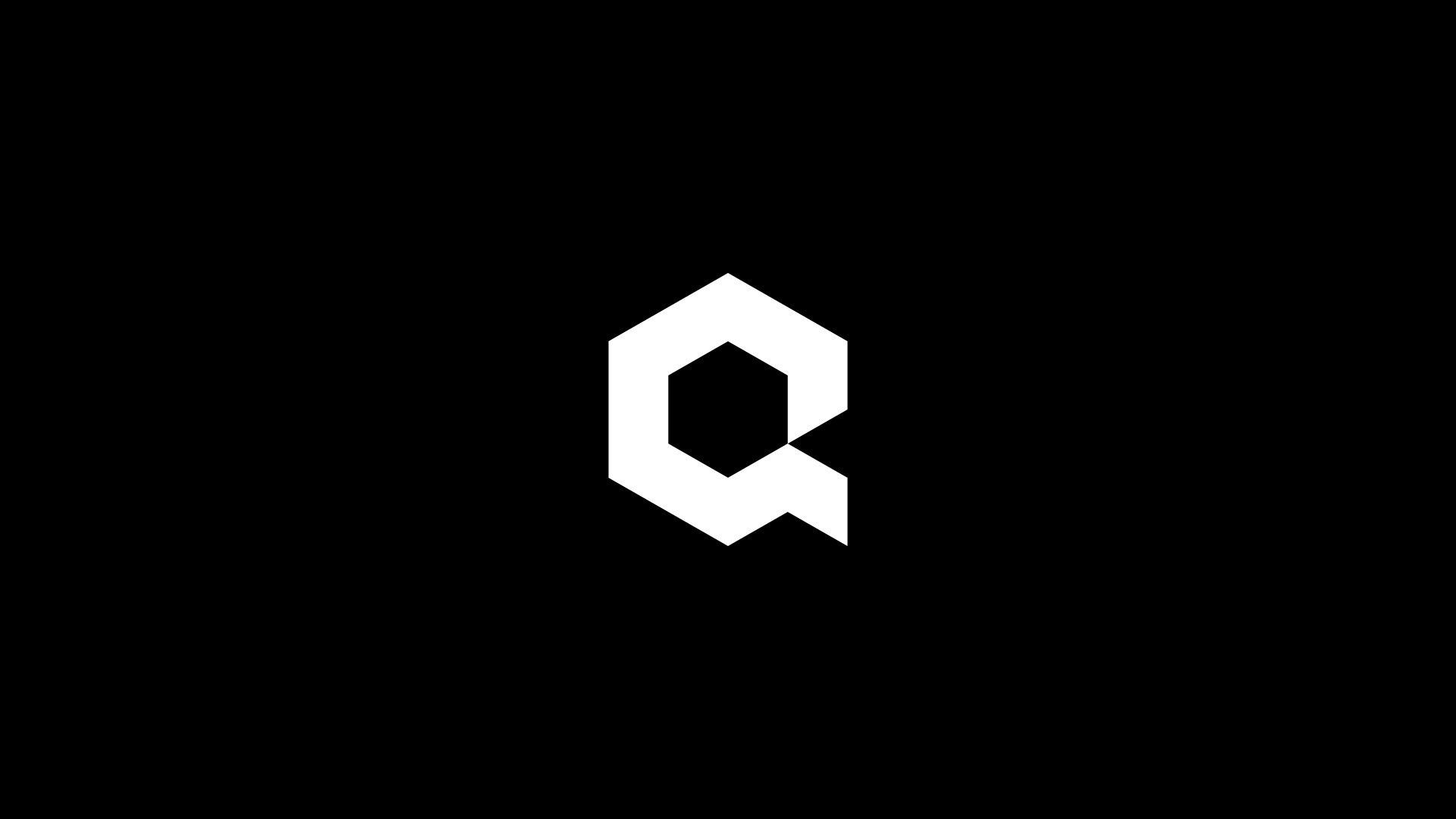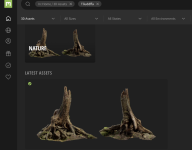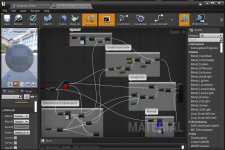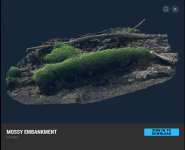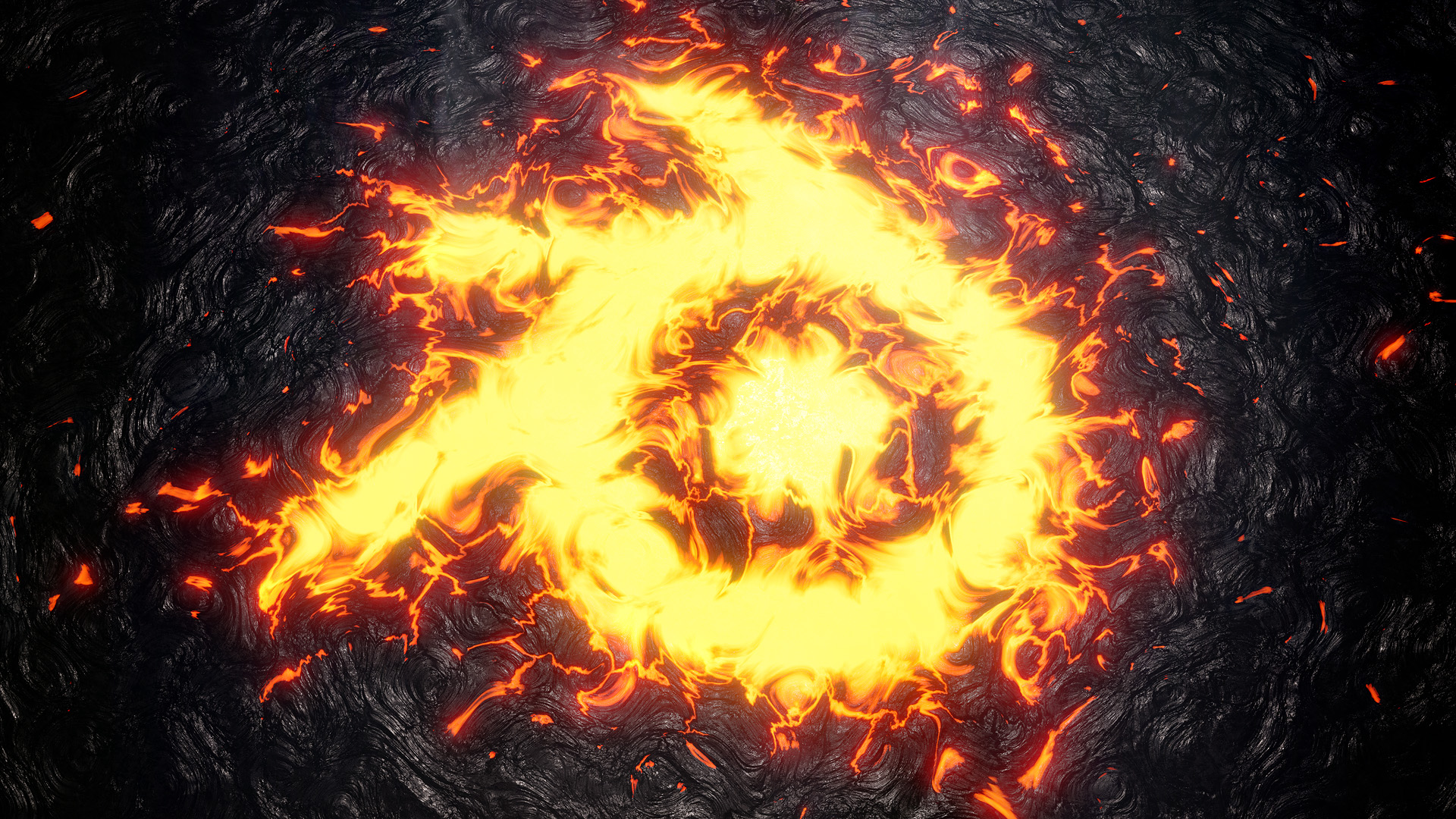Renzatic
Egg Nog King of the Eastern Seaboard
- Joined
- Aug 14, 2020
- Posts
- 4,243
And it turns out the LODs is one thing I ended up skipping in the official UE Intro Tutorial.
Fortunately, LODs aren't all that difficult to grasp. They're literally just lower poly versions of your objects.
Most of the work is handled in Unreal. For Blender, all you need to do is make multiple versions of your model, and export them individually. Give them a name like Object_lod0, and Object_lod1 for easy reference.
If you use the Blender To Unreal addon from Epic, you may be able to do it all at once by piling everything into the Mesh collection before exporting.

